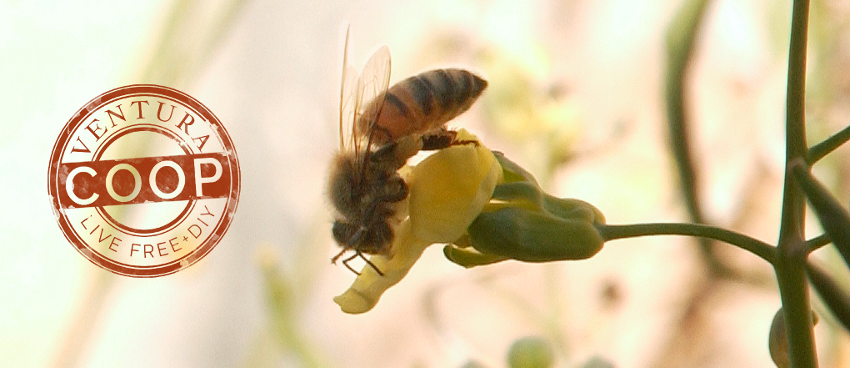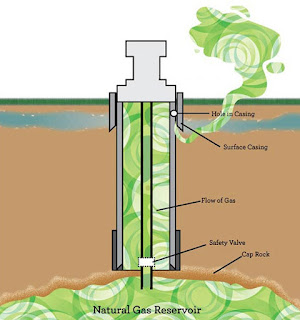Low Cost Compost Tea Brewer
Brewing your own compost tea is one of the best ways to keep your garden environment healthy and thriving. It speeds up the revitalization of neglected areas, minimizes transplant shock, deters negative infestations of all kinds and if you DIY, it's low cost!
(Finished Brewer)
(Above pic) This is the finished brewer at Art City currently brewing 40 gallons per cycle, at least once a week. That meets the needs of our garden at this time. The backpack sprayer is extra, and though you might be able to find one used, I bought this one new. It came with a Round-up sticker, which I promptly replaced with a Compost Tea Sticker.
(old air pump for a blow up mattress, 4ft of clear hose, duct tape, and timer)
Thrift stores are great places for finding old air pumps for mattresses. I was so stoked when I realized this. Fish pond aeraters are too small at the pet stores (though I haved used them) and commmercial pumps are too big and expensive. I think this is a great reuse of planned obselence. The strainer is a paint strainer around the top of a 5-gallon bucket (this didn't work, and I've resorted to just hanging the strainer off the side of the wire mesh frame. It's a temporary fix.
(paint strainer that didn't work)
The hardwire frame is tied together with rebar wire and stapled to an old piece of plywood with a hole cut out big enough to hold your bag of compost and sit on top of the reclaimed 55 gallon container. You can find these containers from restaurant suppliers of oil and other bulk items. I was give two of them. Thanks Ron!
Things to pay attention to:
- Make sure the pedestal the container sits on is level. Check both ways x,y, and diagonal and make sure they are all the same.
- Cinder blocks or large dimension wood blocks are good pedestal makers because as the ground settles...you can easily re-level the brewer between brew cycles.
- For the spout at the bottom of the brewer, I bought PVC fittings that allow for a clean flat mount to the container and some nipples and a valve. In combination with a metal washer, and a rubber washer (I had to cut my own from ones that were large enough to accomodate the pipe size). I made the seal with ease. Water tight with hand turns.
- I set the timer for 15 min on every hour for 12 hours and let it rest overnight. I go with smell for estimating the life of the tea. If it smells like earthy sweet river water, the kind that ran in the rivers of NH, I know its good.
- I usually start a brew in the morning and use it the next day.
- You can make a power reducer curcuit to lower the RPM's and therefor the "whine noise" the pump makes. It's loud and kinda a drag.
In the end, the cost was very low. With parts gifted, reclaimed, or used from what I already had lying around, I made this brewer for $35. Right!
There are lots of other brewer out there, some super cool ones actually, so keep looking and make one that's best for you! And share it!
Of course if you want us to brew it for you and deliver, we'll be happy to accomodate. Give us a call.

























